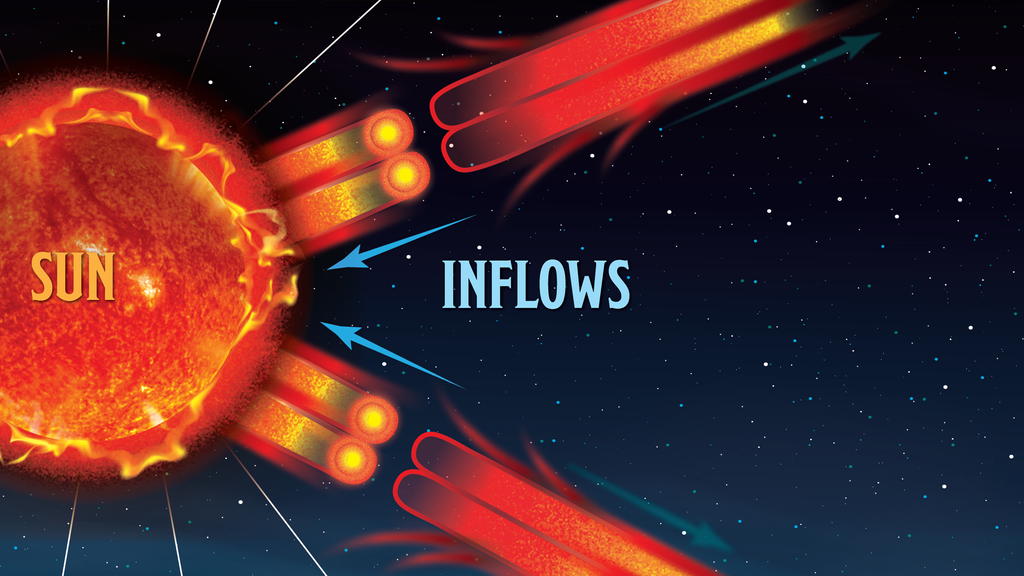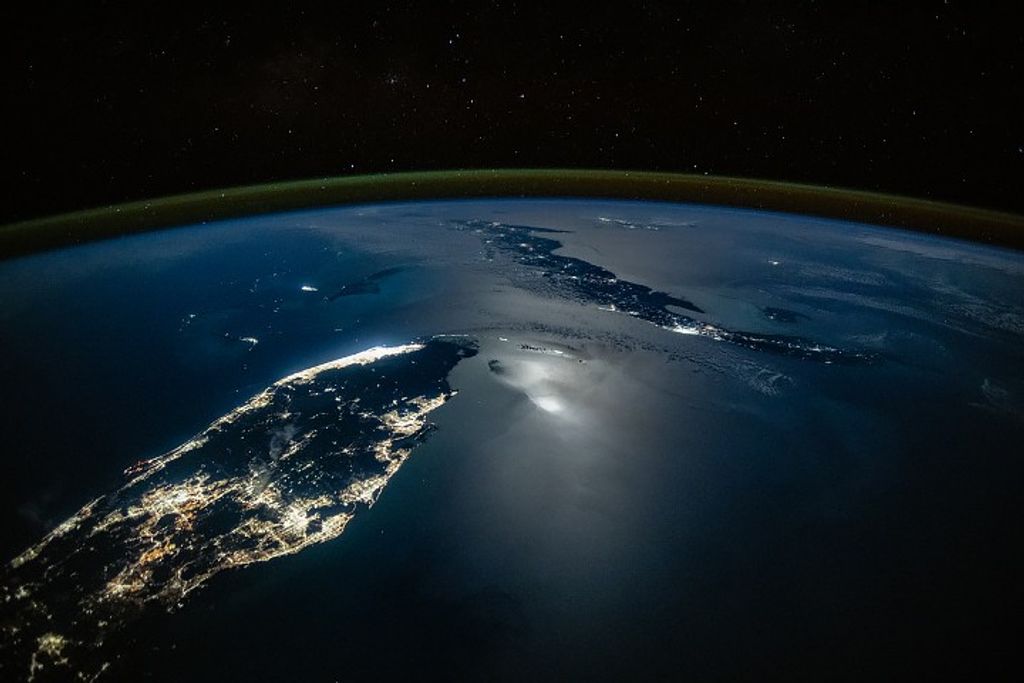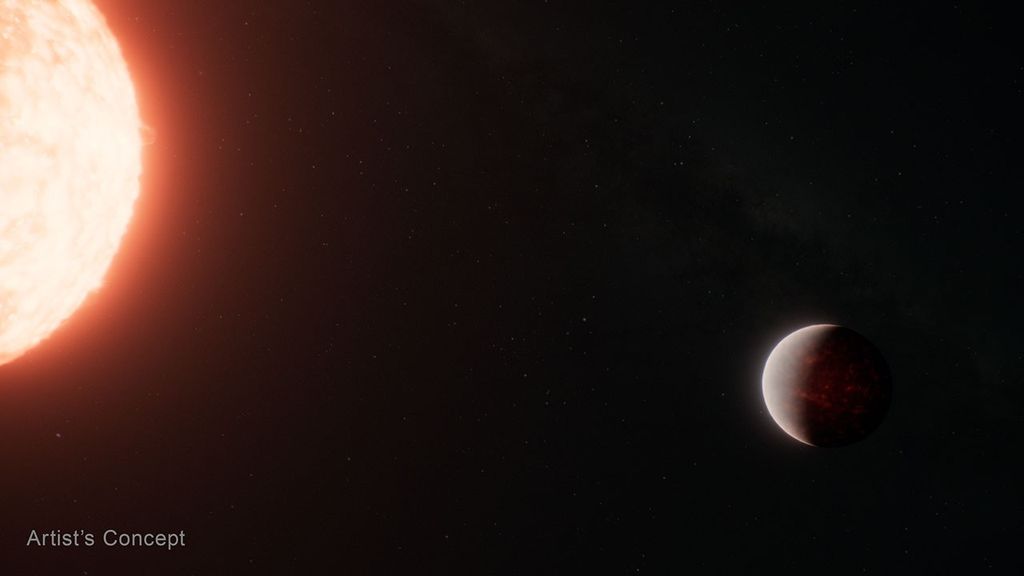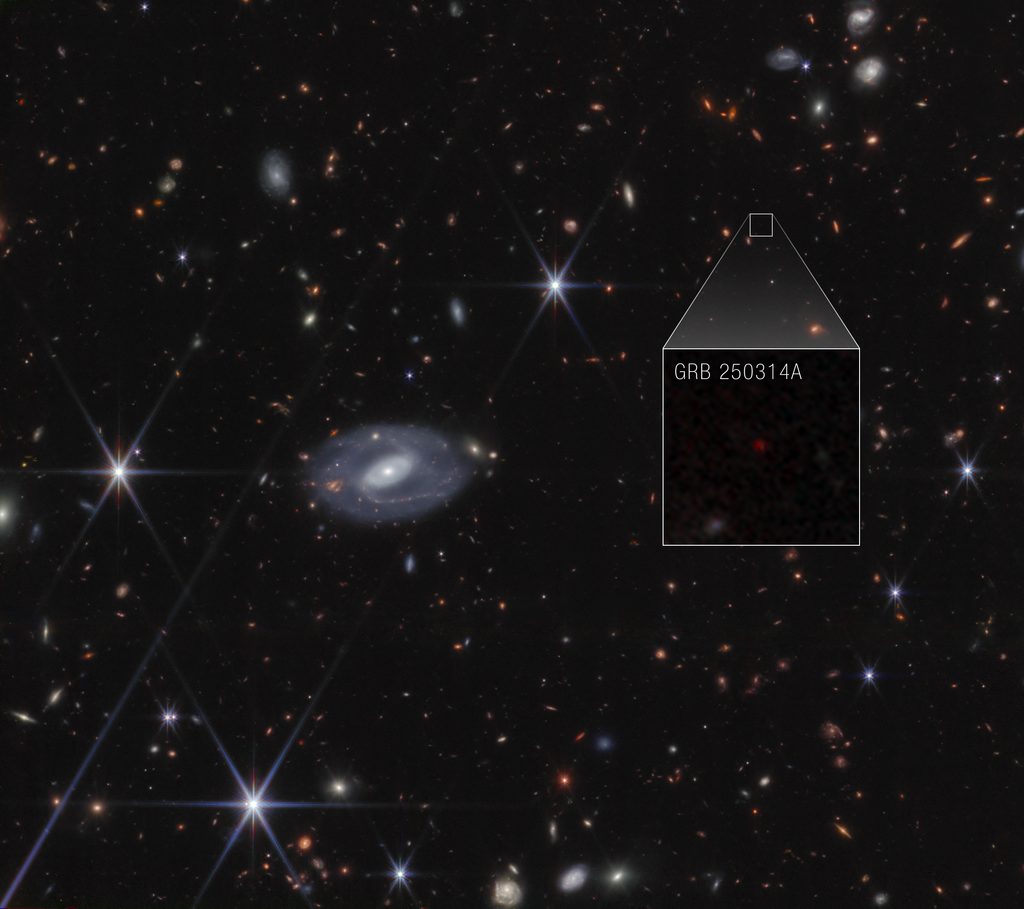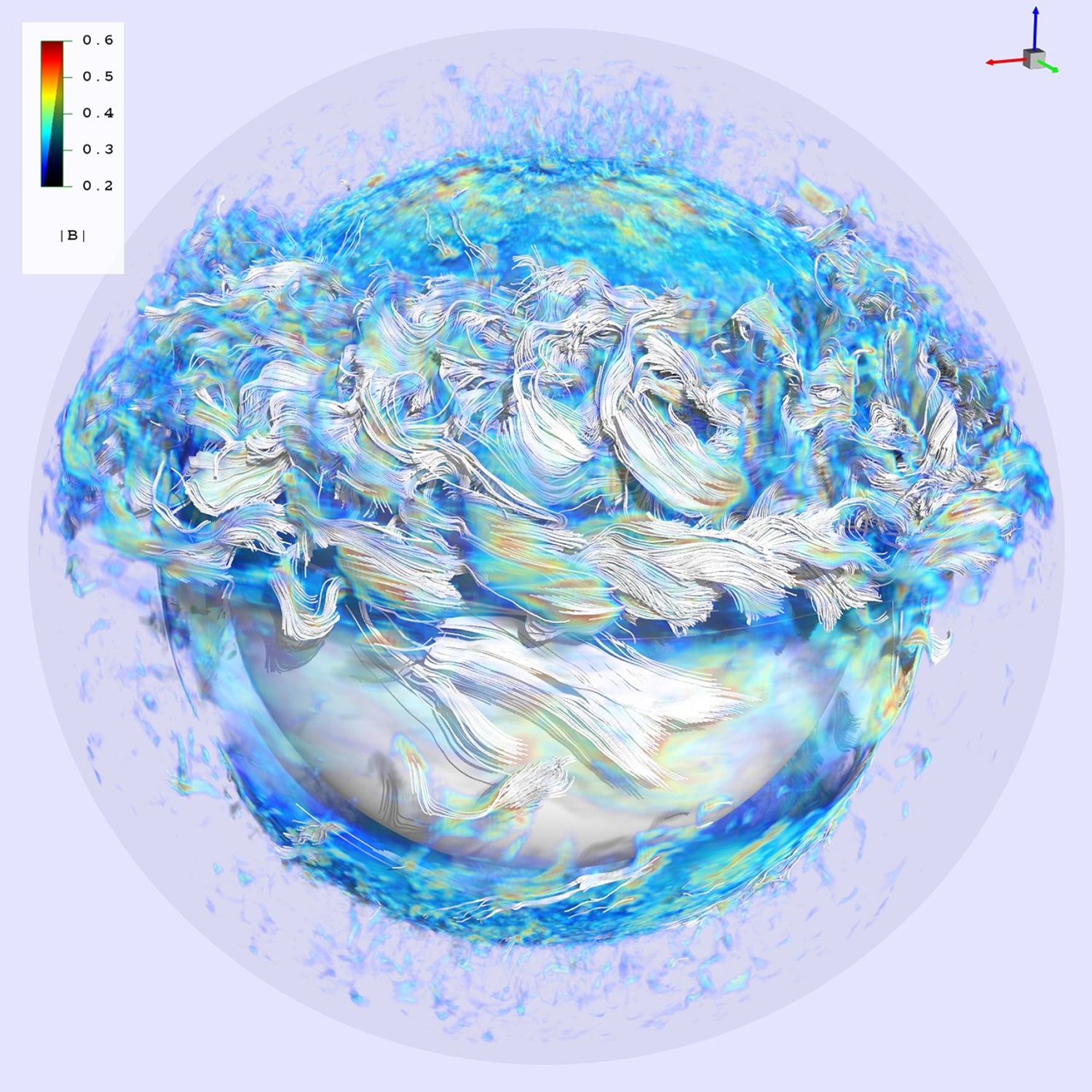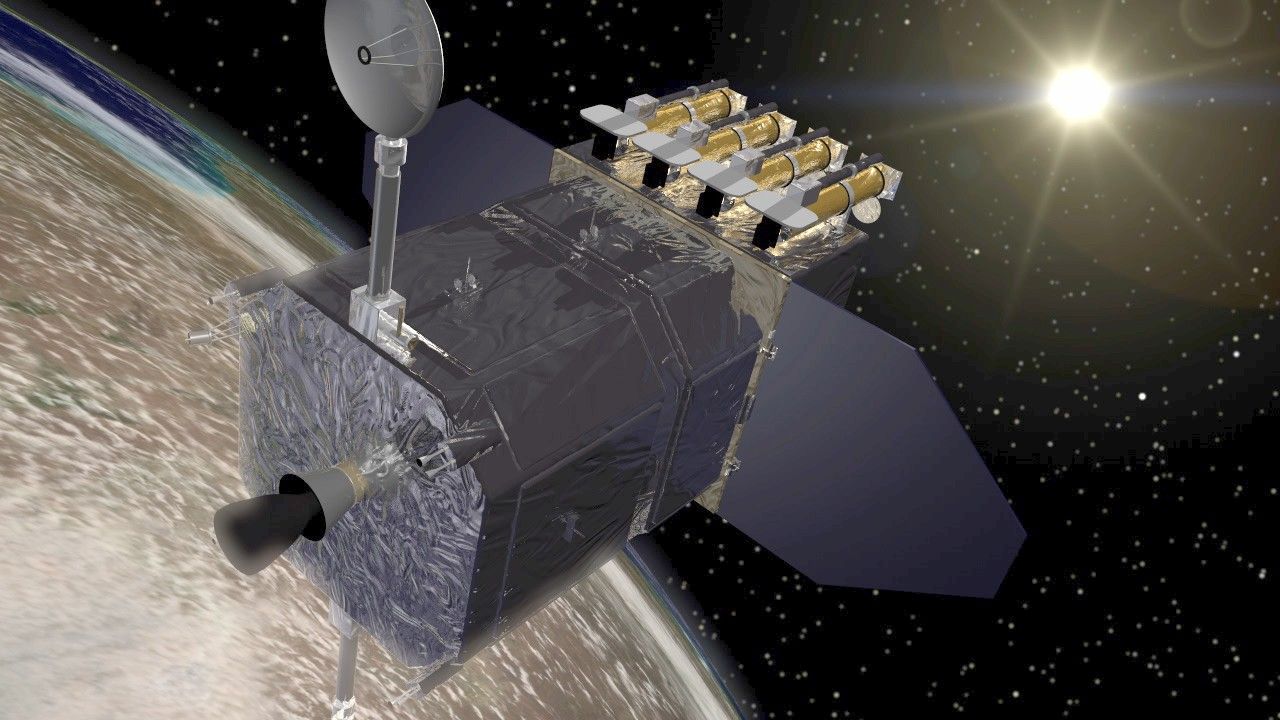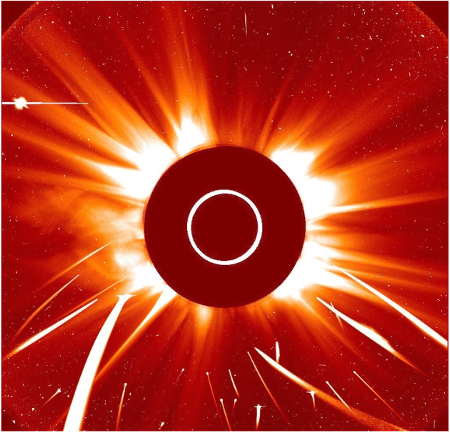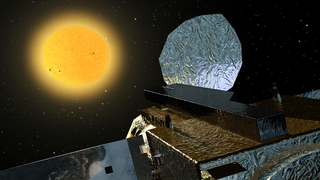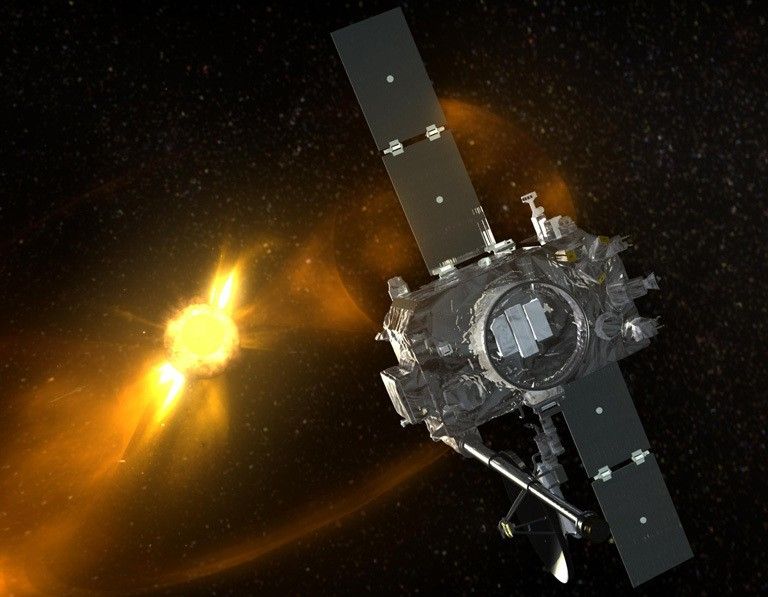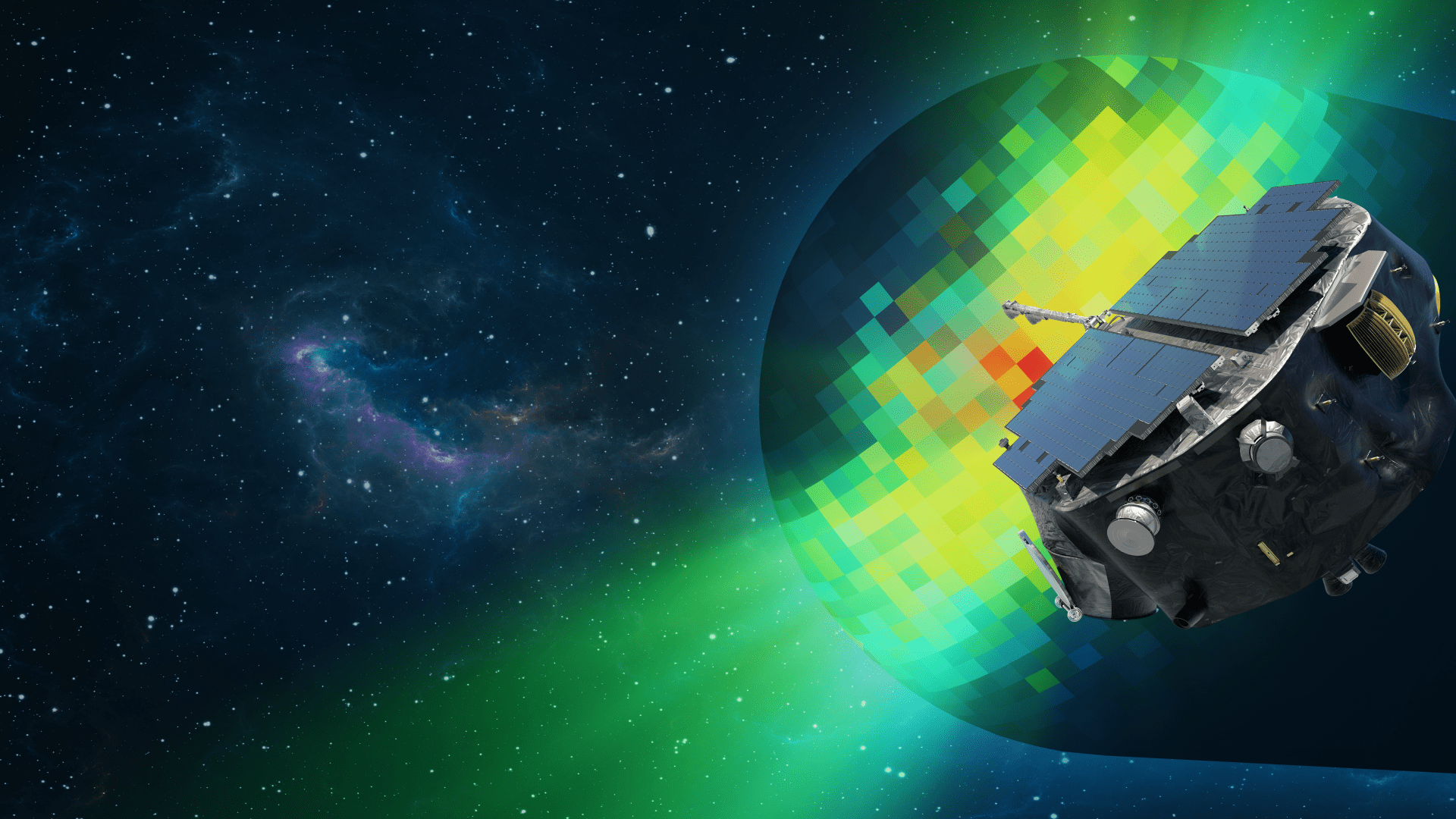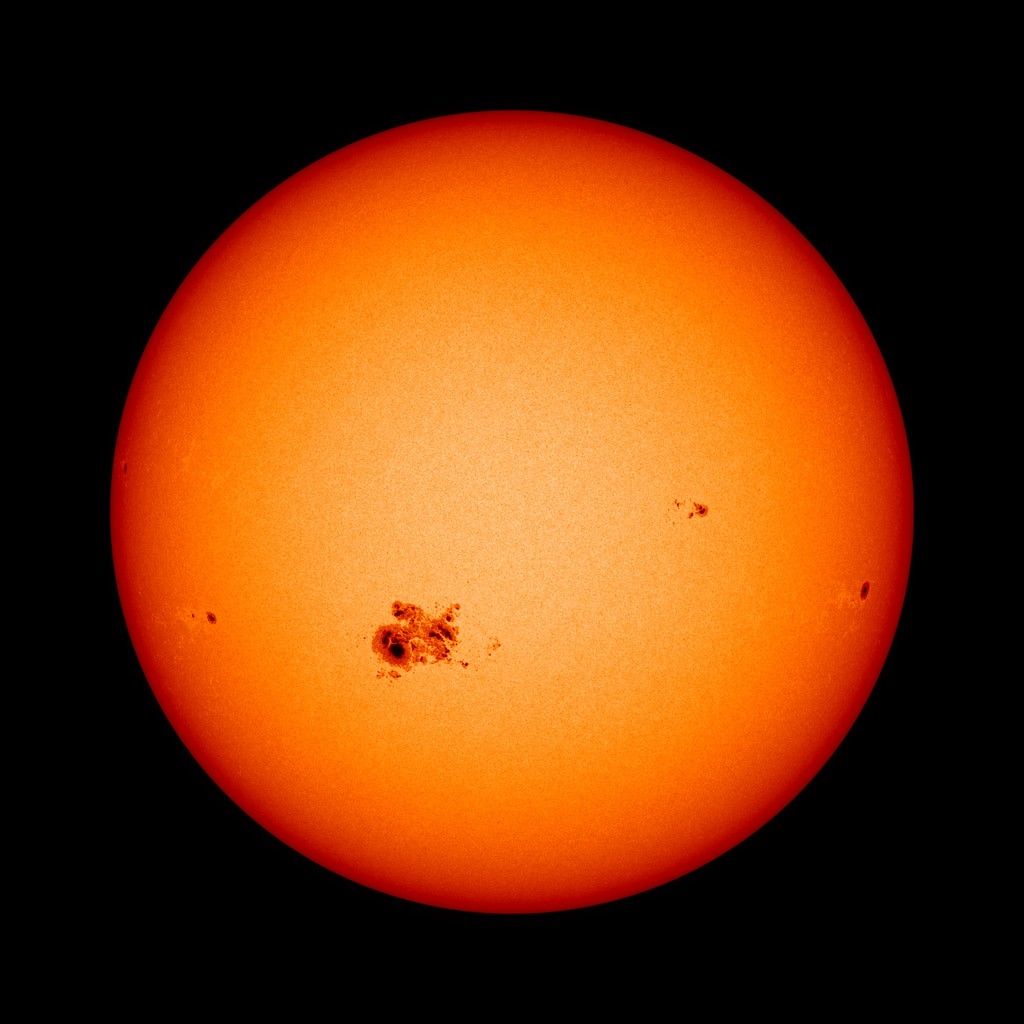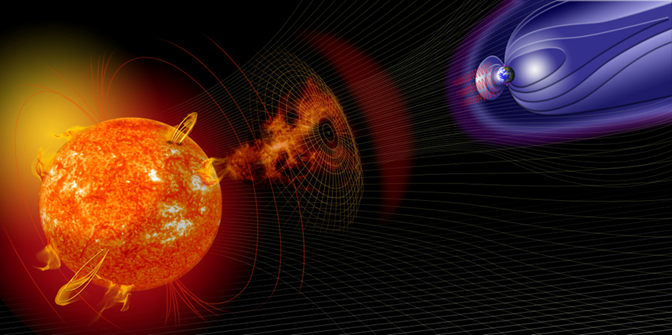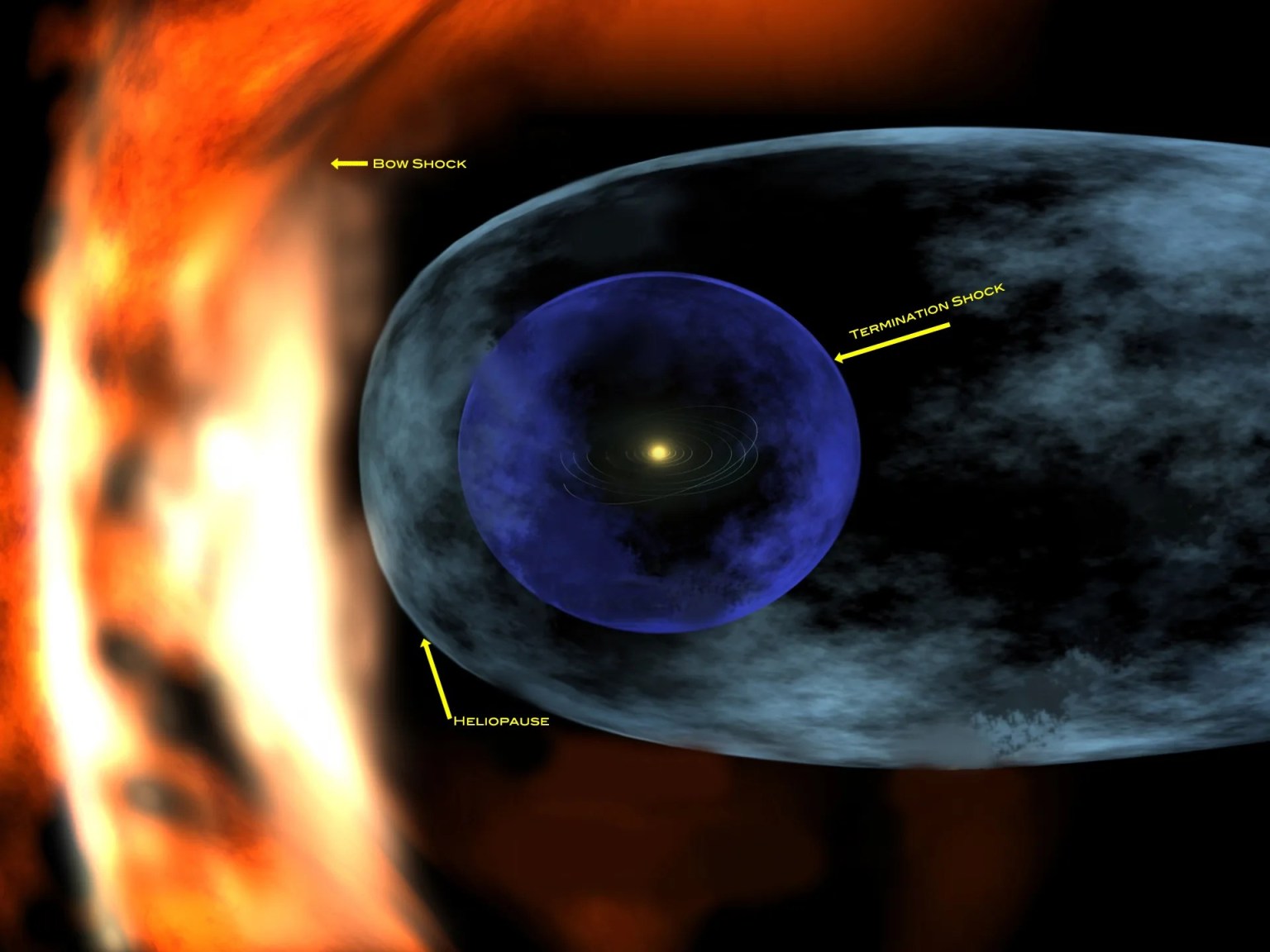About COFFIES
The COFFIES (Consequences Of Fields and Flows in the Interior and Exterior of the Sun) DRIVE Science Center advances understanding of the Sun in order to forecast activity cycles and magnetic variability. Our collaborative science community models the solar cycle and measures flows and fields at the surface and within the Sun to improve physical understanding of what drives activity on the Sun and stars like it.
| Location | Stanford University |
| Focus Area | Origins of the Solar Cycle |
| Principal Investigator | J. Todd Hoeksema |
| Project Manager | David S. Lauben |
Expanding Our Understanding of the Sun
Despite improved observations and increasingly realistic modeling, it is still not well understood how the Sun generates, replenishes, and maintains the magnetic field that creates the observed characteristics of the solar cycle. No supercomputer can come close to modeling the wide range of dynamical temporal and spatial scales present on the Sun – from seconds to centuries or from the 200,000 km depth of the convection zone to the 100 km elements of magnetic flux observed at the surface.
COFFIES poses four basic science questions that can be addressed by linking observations, modeling, and theory.
- What drives variable large-scale plasma motions, e.g. meridional flow and differential rotation?
- How do flows interact with magnetic fields to create varying solar activity cycles?
- What causes active regions to emerge when and where they do during the solar cycle?
- How is our understanding of solar activity informed by fields and flows on other stars?
To address these questions COFFIES is organized around three major themes. Two are mysterious layers — the Tachocline and the Near-Surface Shear Layer. The tachocline, located about a third of the way toward the solar core, is an inexplicably thin region at the very bottom of the convecting part of the Sun. The Sun’s rotation rate suddenly changes character at the tachocline — and also in the near-surface shear layer, which lies at just a few percent of the depth of the convection zone. Those dynamic layers amplify and process the magnetic field. The third theme - Flux Transport & Emergence - investigates how those magnetic features move and ultimately rise to the visible surface.
Physical understanding of stellar activity has important implications for the development of life on exoplanets around other stars, as well as for mitigating societal impacts of variability in our own terrestrial environment on yearly and decadal time scales. COFFIES science engages the public, attracts students to STEM fields, and develops the next generation of heliophysicists.
Solar and stellar activity stems from complex interactions of the magnetic field with small- and large-scale flows within their interiors, i.e., a dynamo. One Consequence Of Fields and Flows in the Interior and Exterior of the Sun (COFFIES) is the roughly 11-year quasi-periodic solar magnetic activity cycle. This varying magnetic field drives the dynamic environment in which the Earth resides, producing both impressive auroras and hazardous radiation. Understanding this variability, leading ultimately to reliable space weather and space climate forecasts, is of paramount importance and great interest.
coffies Themes
The Sun's Interior
The Sun's dynamic activity arises from several interconnected processes. Active regions, marked by strong magnetic fields and sunspots, are sources of solar flares and coronal mass ejections, often forming due to the emergence of magnetic flux from the solar interior. The Sun's differential rotation, where the equator spins faster than the poles, stretches and twists these magnetic fields. Meridional circulation, a north-south plasma flow, further transports these fields across the solar surface. Convection, the heat transfer mechanism in the Sun's interior, creates crucial plasma movements. Near the surface, a shear layer exhibits changing rotation speeds with depth, influencing magnetic field dynamics. Deep within, the tachocline, a transition zone between uniform and differential rotation, is vital for the generation of the Sun's magnetic field. Finally, acoustic waves, generated by surface turbulence, allow scientists to probe the Sun's internal structure.
Learn MoreContributing Institutions
- Stanford University, Stanford, CA
- New Jersey Institute of Technology, Newark, NJ
- University of California Santa Cruz, Santa Cruz, CA
- National Solar Observatory, Boulder, CO
- University of California Berkeley, Berkeley, CA
- Southwest Research Institute, Boulder, CA
- High Altitude Observatory, Boulder, CA
- Smithsonian Astrophysical Observatory, Boston, MA
- New Mexico State University, Las Cruces, NM
- Lockheed Martin Solar and Astrophysical Lab, Palo Alto, CA
- Georgia State University, Atlanta, GA
- Northwest Research Associates, Boulder, CA
- NASA Ames Research Center, Mountain View, CA









